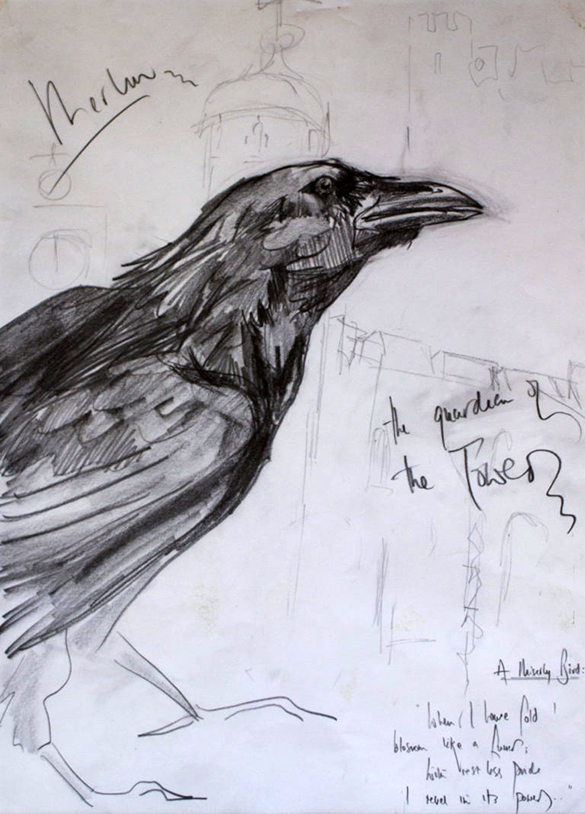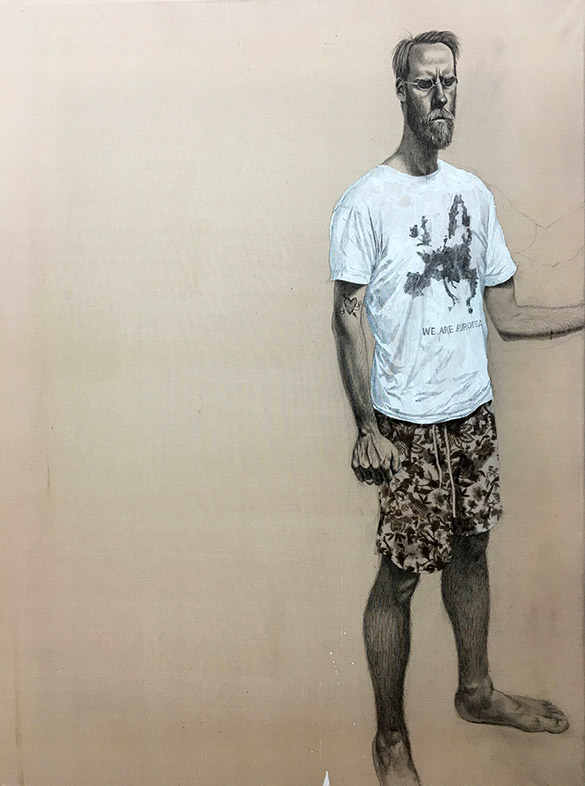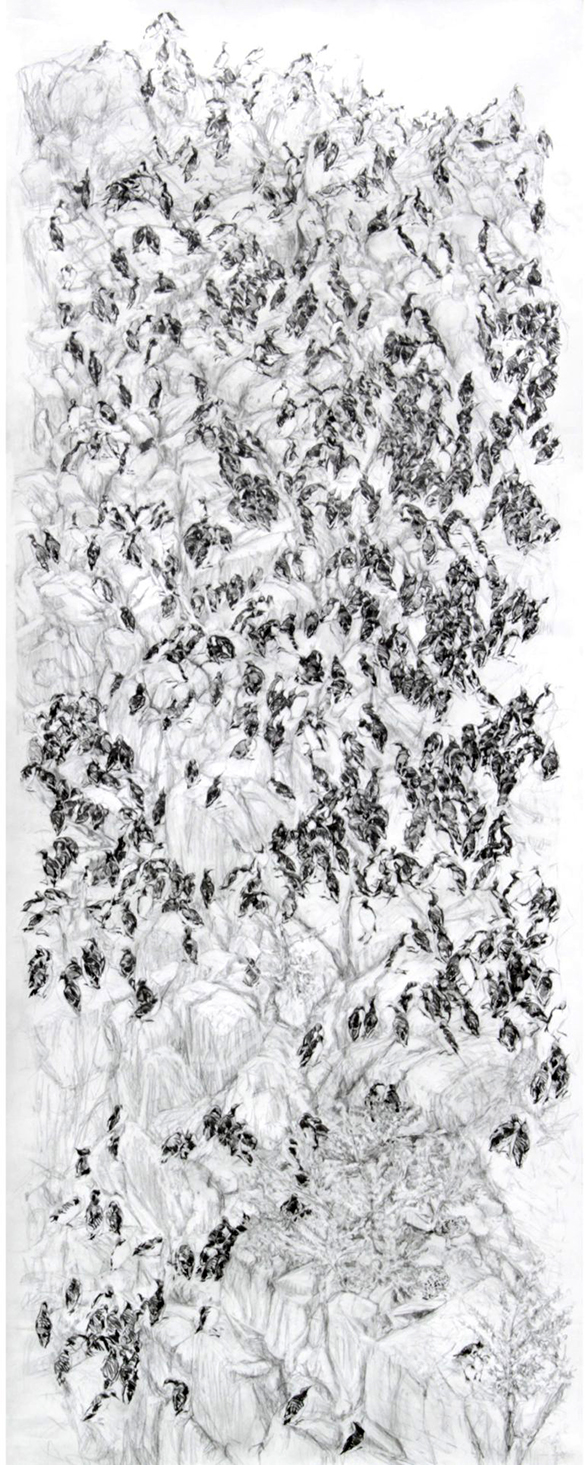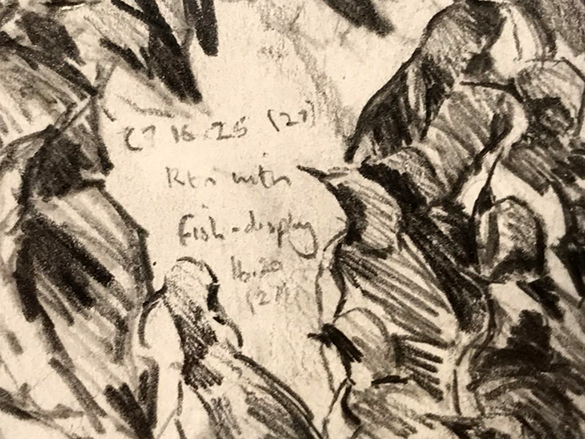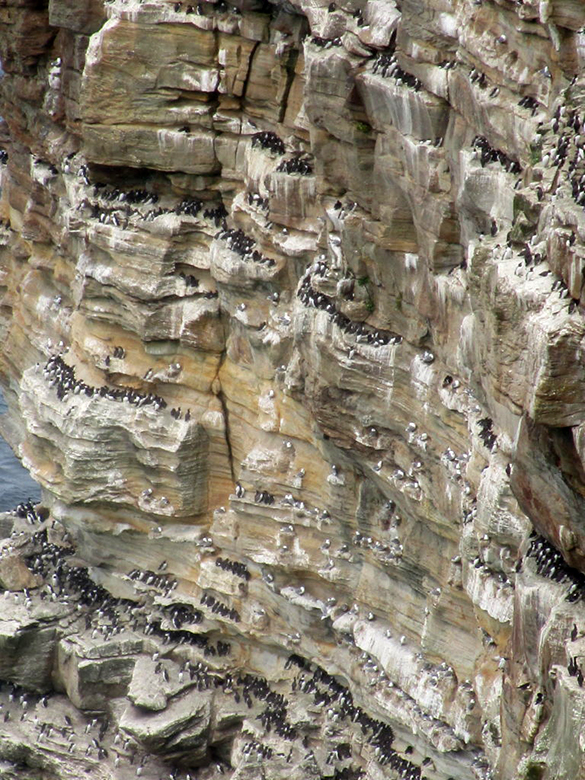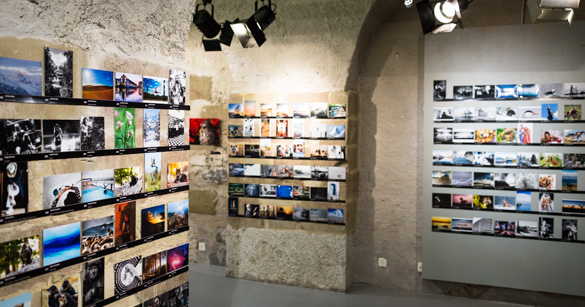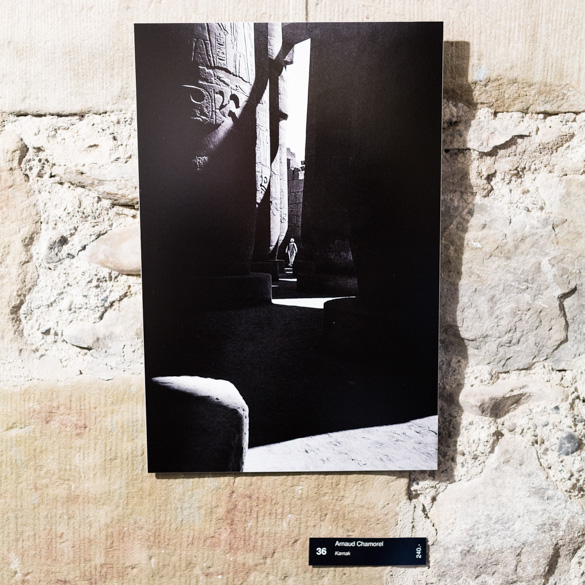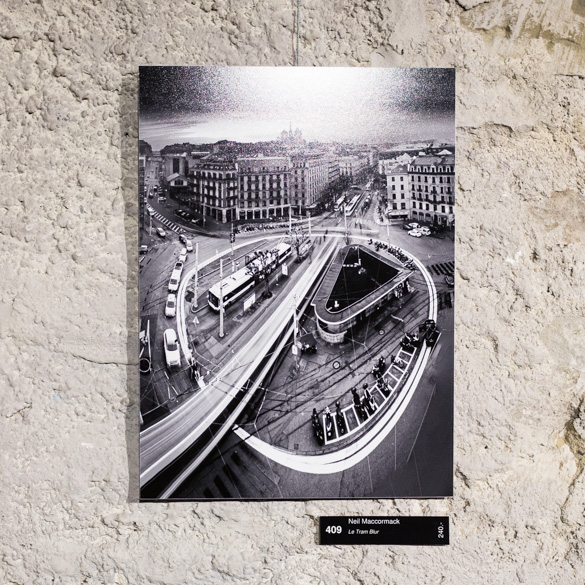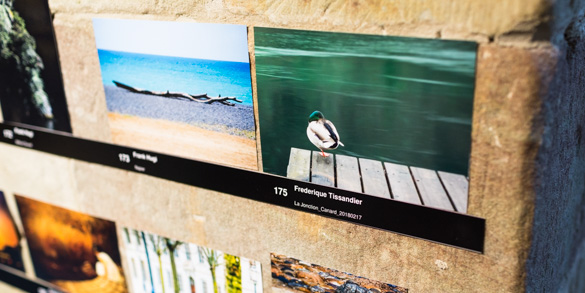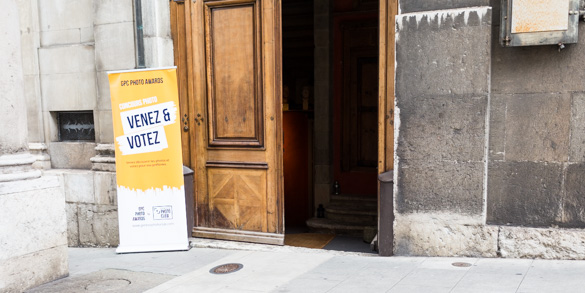Christian Marclay’s The Clock, currently showing at the Tate Modern, is the only “work of art” that I could happily look at all day and night. It is a masterful concept, staggering in terms of the work involved and mesmerising. If you’re thinking of going, do not make an excuse. You have until 20th January 2019.
The Clock is a twenty-four hour video montage. Each of the 1,440 minutes is represented by a scene from film or television that features a clock, a watch or some other time-piece. Occasionally the time is spoken. “Oh, my God, it’s three o’clock!” Therefore, the work itself, when synchronised with real-time, functions as a clock with the time shown on-screen being the actual time. Brilliant! Just imagine searching for all those scenes! The only thing I’ve seen like it is Maarten Baas’s clock in Schiphol airport.
I walk in at 14:40. I am shown to a comfy armchair as Sean Connery glances knowingly at a wall clock that stands at twenty to three and through which he rightly figures he is being spied upon via a peep hole. He coolly hangs his jacket over the clock. Cut to the next scene as a grainy, black and white Harry Lloyd dangles helplessly from the big hand of a massive clock above a crowded New York street. It is nineteen minutes to three. Get the picture? Furthermore, all the clips are cleverly spliced and a musical sound track makes the scenes run together smoothly to the point that it is not always obvious when there is a change to a completely different film. I am enthralled.
I wish I had more time. On-line, I find that if I was fortunate enough to be able to watch The Clock in it’s entirety, I would notice the fast pace of the time-orientated action in the morning, the inevitable bell-ringing around High Noon and the ensuing scenes with a more relaxed tempo. The late afternoon sees commuters travelling by car, bus and train. Scenes from the early evening show people eating; later, they are drinking in bars. And then, of course, there’s the inevitable deadline: midnight. In the early hours of the morning, sleepers and dreamers become angry at being woken at an antisocial hour. Big Ben features regularly.
The Clock was completed in 2010 after more than three year’s work. There are only six copies in existence. Happily, the Tate Modern has got hold of one for our benefit and has dedicated a big enough space for a hundred people to lounge and immerse themselves in this chronometric history of cinema. There are even all night showings.
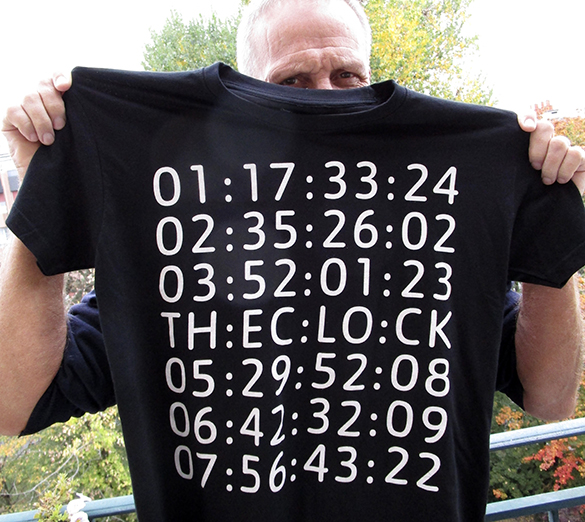
There is no single image that adequately represents this work; but I bought the t-shirt anyway. The time-codes represent the monumental task of researching and editing The Clock. They do not represent the genius. One day, I’ll watch the whole thing. Bravo, Christian Marclay!

